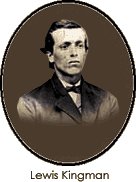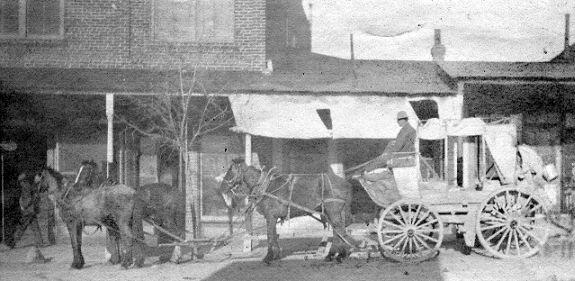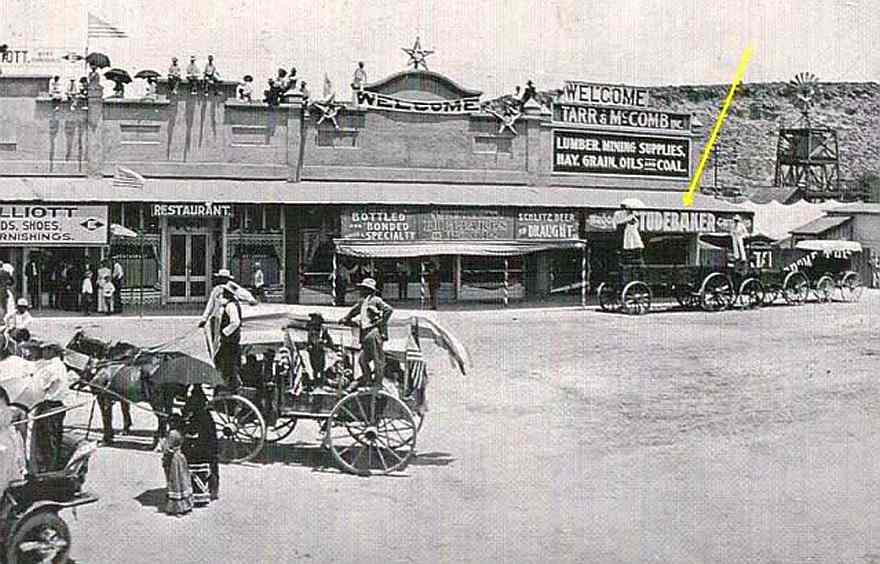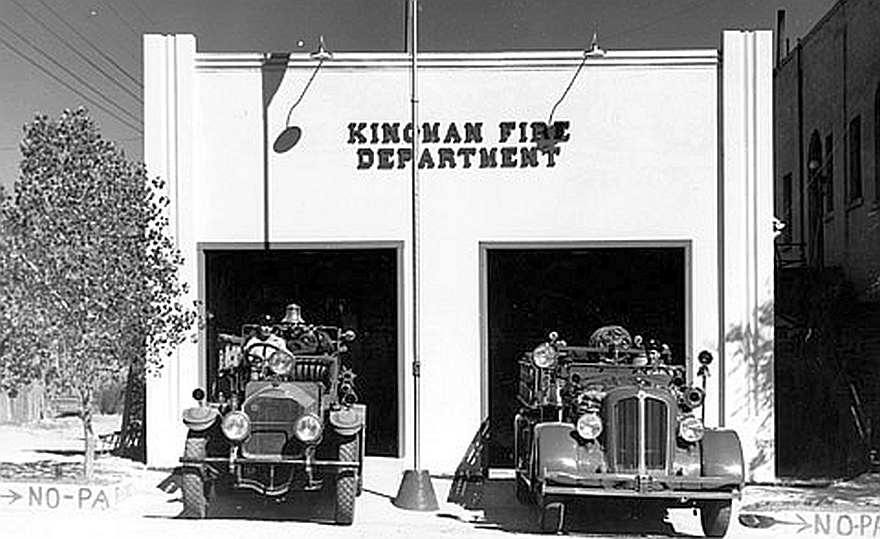Kingman Az is an ideal destination for history buffs and boasts more than 60 historic buildings, homes, points of interest, and historically significant outdoor locations. Many of these are on the National Register of Historic Places.
Most are located in downtown Kingman and date from the 1800s and early 1900s. The historic downtown area has not changed much over the years and is well worth the visit. Many of the buildings are still in use today as businesses or government offices, and most of the historic homes are still being living in.
The architecture shows a wide variation in the use of wood sheathing, locally quarried tufa stone, concrete, red brick and adobe. The earliest buildings are miners' cabins and Queen Anne cottages. By the turn of the century, the Neo-Colonial and the Neo-Classical Revial styles were most prevalent. From 1910 to 1920, the Bungalow and the Mission Revival styles were most influential. From 1920 to 1940, the Spanish Colonial Revival, Modeme and other Period Revival styles were introduced. |
| |
 |
In 1857, Lt. Edward Fitzgerald Beale trudged across the present site of Kingman using camels and horses, surverying a wagon road along the 35th parallel.Old trails laid out by the early explorers soon became a wagon route that helped establish Kingman as a trade and transportation center.
Beale’s Wagon Road was one of the first "improvements" to the roads through Kingman as it crossed New Mexico and Arizona. As time went on it became part of the National Old Trails Road.
|
 In 1880, Lewis Kingman was surveying the route of the Atlantic and Pacific railway. With the arrival of the railroad Kingman really started to take off. The railroad also provided new routes for wagon travel, and wagons increasingly followed alongside the tracks. Kingman has always been a transportation corridor. In 1880, Lewis Kingman was surveying the route of the Atlantic and Pacific railway. With the arrival of the railroad Kingman really started to take off. The railroad also provided new routes for wagon travel, and wagons increasingly followed alongside the tracks. Kingman has always been a transportation corridor. |
 Stagecoach At 4th Street In Kingman, Arizona
Stagecoach At 4th Street In Kingman, Arizona |
| |
The Automobile Takes Over |
 |
In the lower left of this picture you can see a 1915 Studebaker.
Notice the Studebaker dealer sign, by yellow arrow.
|
 |
Travel by automobile was hard in the early days though. The roads weren’t designed for the horseless carriage. That is a row of Studebakers shown above. Dirt roads were little better than local trails designed for travel by horseback. But at least there was a road, part of the National Old Trails Highway. Progress was again on the way.
On November 11, 1926 Route 66 was born. Cyrus Avery was a successful businessman from Oklahoma who wanted to improve road conditions in his state. Avery, now known to many as the father of Route 66, was charged with establishing what would become the U.S. highway system, by plotting and mapping the most-important interstate roads in the nation.
This route was designated U.S. Highway 66. On November 11, 1926 a bill was signed in Washington creating the American Highway System. |
| |
 |
Kingman's Early Firestation
in Downtown Kingman, Arizona. |
| The Kingman Fire District was established October 6, 1921. That same month eleven fire hydrants were purchased, and the Kingman Water Company began installing water mains. The Kingman Fire Department continued to operate as a volunteer fire department until 1968 providing 2 on duty fire personnel, 1 at each station 24 hours a day 7 days a week. |
Kingman's Youngest Volunteer Firefighter
How He Become A Firefighter |
| |
The Heart of Route 66 |
Kingman, Arizona is known as the "Heart of Route 66" due to it being home to the longest remaining original stretch of Historic Route 66. The nostalgia of Old Route 66 brings back the good old days. Route 66 nostalgia is showcased in its art deco roadside motels and eateries, neon signs, and the Route 66 Museum. Kingman has always been a Route 66 town with many motels, cafes, and service stations still retaining the flavor of the era.
 Today, the I-40 Business Loop runs straight through Downtown Historic Kingman. Kingman is a major stop for travelers across I-40 and for people traveling US 93 between Phoenix and Las Vegas. Interstate 11 running from Canada to Mexico will soon go right through Kingman. Arizona State Route 68 runs from the Kingman area west to Bullhead City. And let's not forget Historic Route 66! Kingman truly is a major crossroads for the southwest. Today, the I-40 Business Loop runs straight through Downtown Historic Kingman. Kingman is a major stop for travelers across I-40 and for people traveling US 93 between Phoenix and Las Vegas. Interstate 11 running from Canada to Mexico will soon go right through Kingman. Arizona State Route 68 runs from the Kingman area west to Bullhead City. And let's not forget Historic Route 66! Kingman truly is a major crossroads for the southwest.
Kingman was incorporated in 1952 and has served as county seat of Mohave County since 1887. Exploring Kingman's historic district is a fun, interesting, and an enjoyable adventure through an authentic Old West town. It provides an exciting look into the past. |
| |
|